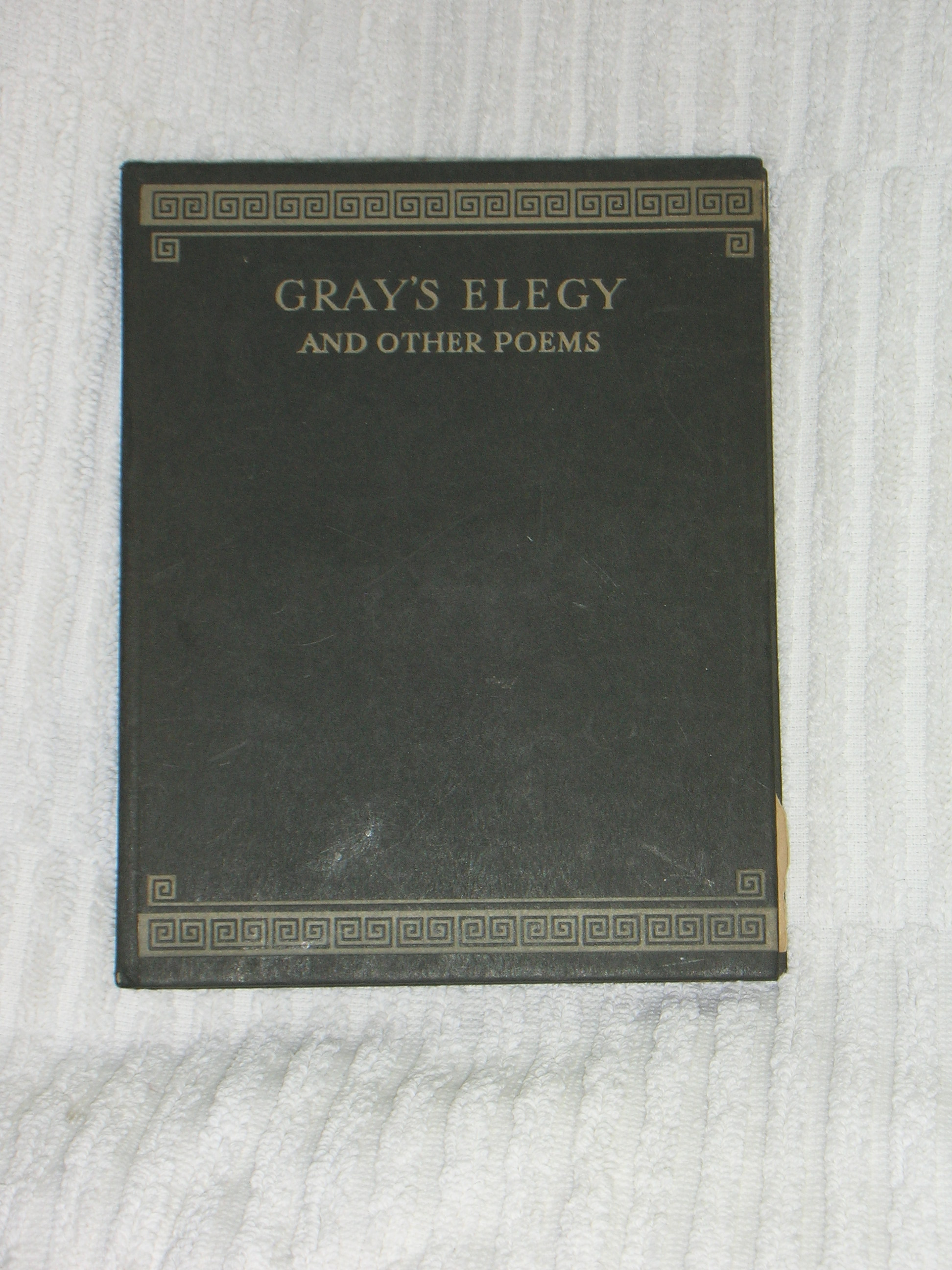
Elegy Written in a Country Churchyard and Other Poems by GRAY Thomas Very Good Hardcover (1928
Introduction. Thomas Gray's "Elegy Written in a Country Churchyard," first published in 1751, stands as one of the most beloved and enduring poems in English literature. Combining elegiac and pastoral elements, the poem eloquently contemplates the transient nature of life, the equality of death, and the legacy left by ordinary individuals.
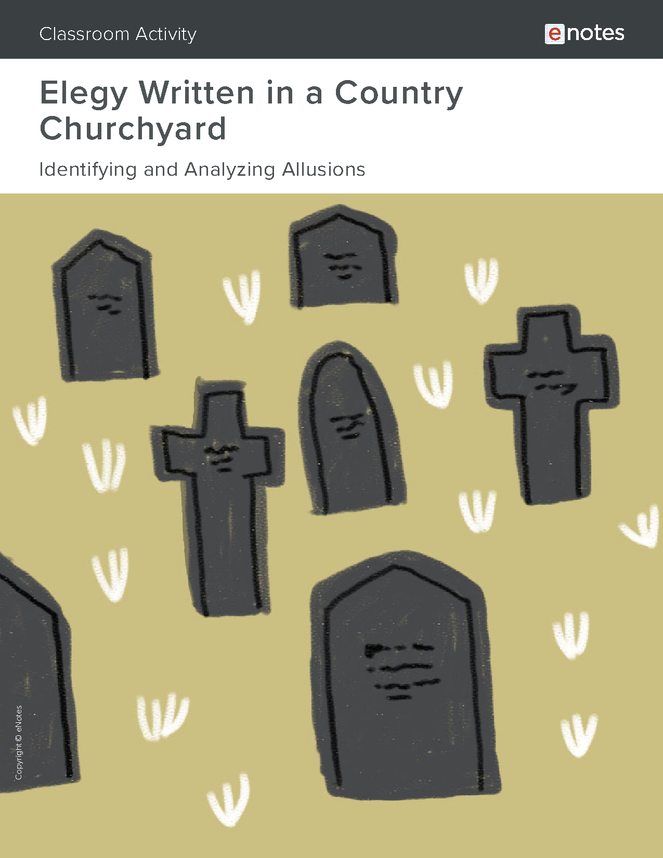
Elegy Written in a Country Churchyard Allusion Activity
The poem 'Elegy Written in a Country Churchyard' consists of 33 stanzas. Each stanza has four lines. As an elegy, this poem mourns the death of ordinary men. In this poem, Gray talks about the death and the lives of the middle-class people, the poem follows all the conventions of the elegiac tradition. Scholars look at this poem as a.

Elegy written in a Country Churchyard Thomas Gray English Grammar A To Z
Resources. "Elegy Written in a Country Churchyard" is the British writer Thomas Gray's most famous poem, first published in 1751. The poem's speaker calmly mulls over death while standing in a rural graveyard in the evening. Taking stock of the graves, he reflects that death comes for everyone in the end, and notes that the elaborate tombs of.

Elegy Written in a Country Churchyard by Thomas Gray Poetry Foundation Poetry foundation
Overview. First anonymously published in 1751, "Elegy Written in a Country Churchyard" is by far Thomas Gray's most famous poem, though he didn't write many poems. If Gray were a pop band, he'd be considered a one-hit wonder. Nonetheless, "Elegy Written in a Country Churchyard" is among the most important and influential elegies.
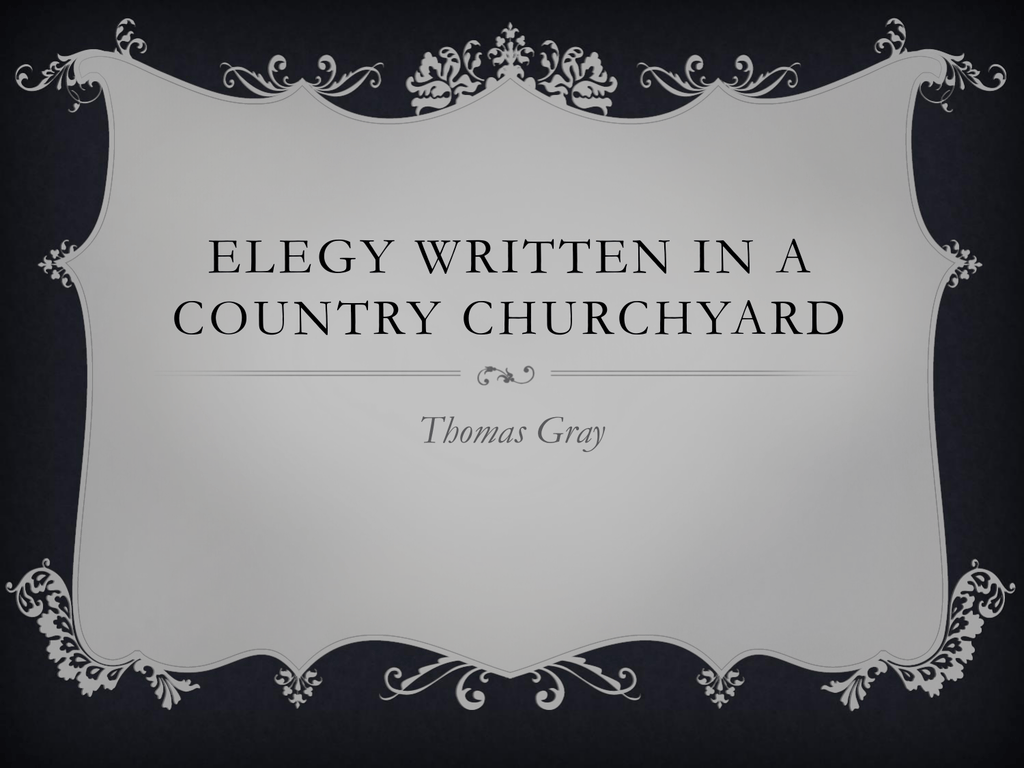
ELEGY WRITTEN IN A COUNTRY CHURCHYARD
"Elegy Written in a Country Churchyard" is composed in heroic quatrains of iambic pentameter. Using the word "apply" would throw off the rhythm of the poem. — Caitlin, Owl Eyes Staff "Lisp" in this context refers to the imperfect way that children speak. With this endearing characterization of children excited about their father's return.
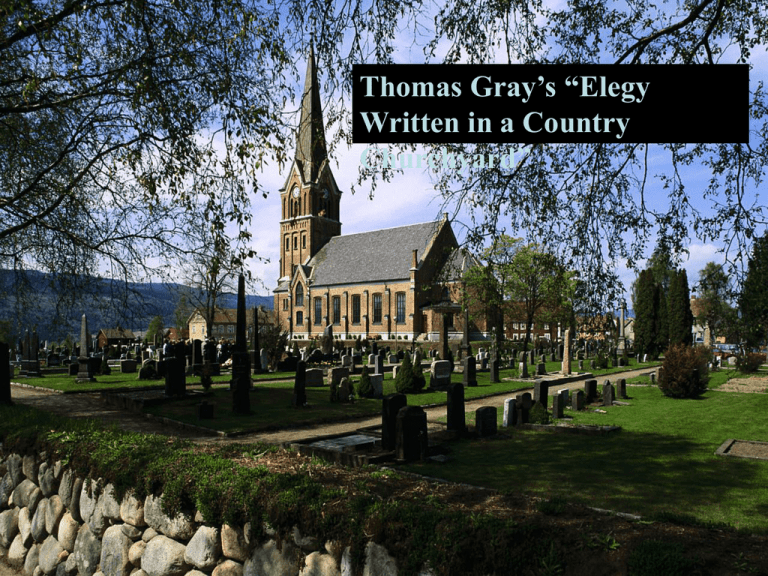
Elegy Written in a Country Churchyard
Yes, yes, and yes. First, here's a reminder of the text of 'Elegy Written in a Country Churchyard', before we move on to explain 1) why it isn't an elegy, 2) why Gray didn't want it published, and 3) how an obscure poet who died young helped to sow the seeds of this great poem. Elegy Written in a Country Churchyard.

Themes in Elegy Written in a Country Churchyard Owl Eyes
Summary. "Elegy Written in a Country Churchyard," which Gray began to compose in 1742 and published in 1751, is considered the best example of elegiac poetry in English literature of the.
.jpg?mode=max)
An Elegy Wrote in a Country Church Yard, Thomas Gray, 1751 Christie’s
Elegy Written in a Country Churchyard is a poem by Thomas Gray, completed in 1750 and first published in 1751. [1] The poem's origins are unknown, but it was partly inspired by Gray's thoughts following the death of the poet Richard West in 1742. Originally titled Stanzas Wrote in a Country Church-Yard, the poem was completed when Gray was.
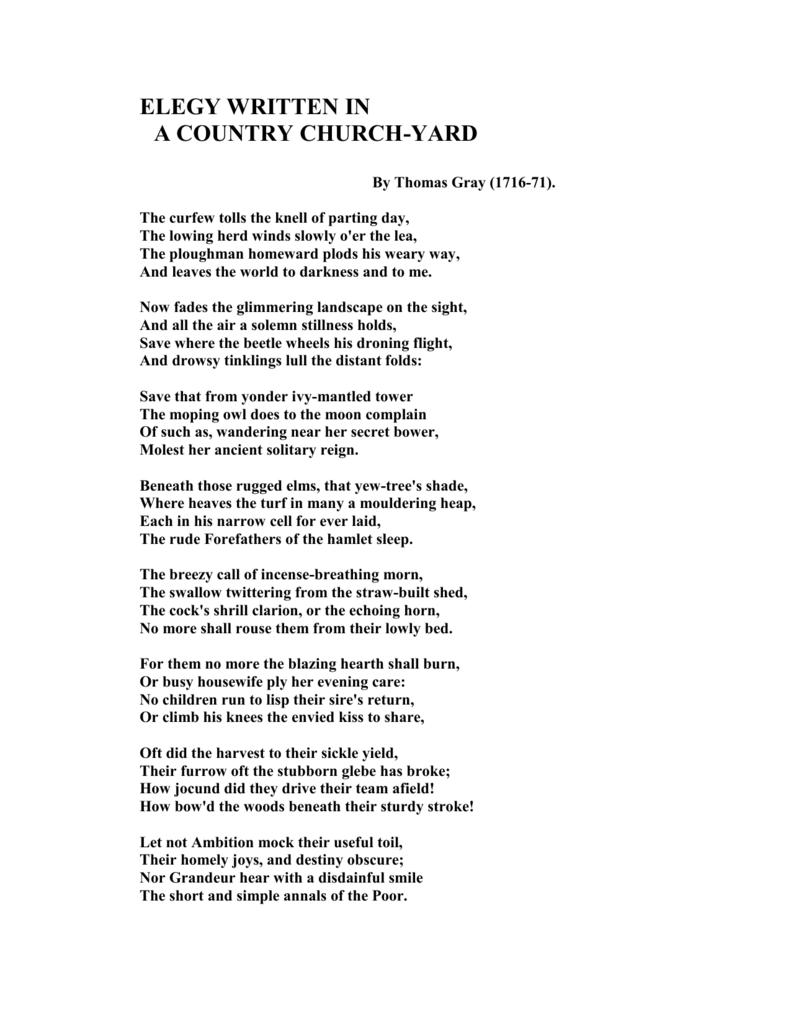
Analysis of "Elegy Written in a Country Churchyard" by Thomas Gray
Elegy Written in a Country Churchyard. Thomas Gray. The curfew tolls the knell of parting day, The lowing herd winds slowly o'er the lea, The ploughman homeward plods his weary way, And leaves the world to darkness and to me. Now fades the glimmering landscape on the sight, And all the air a solemn stillness holds,
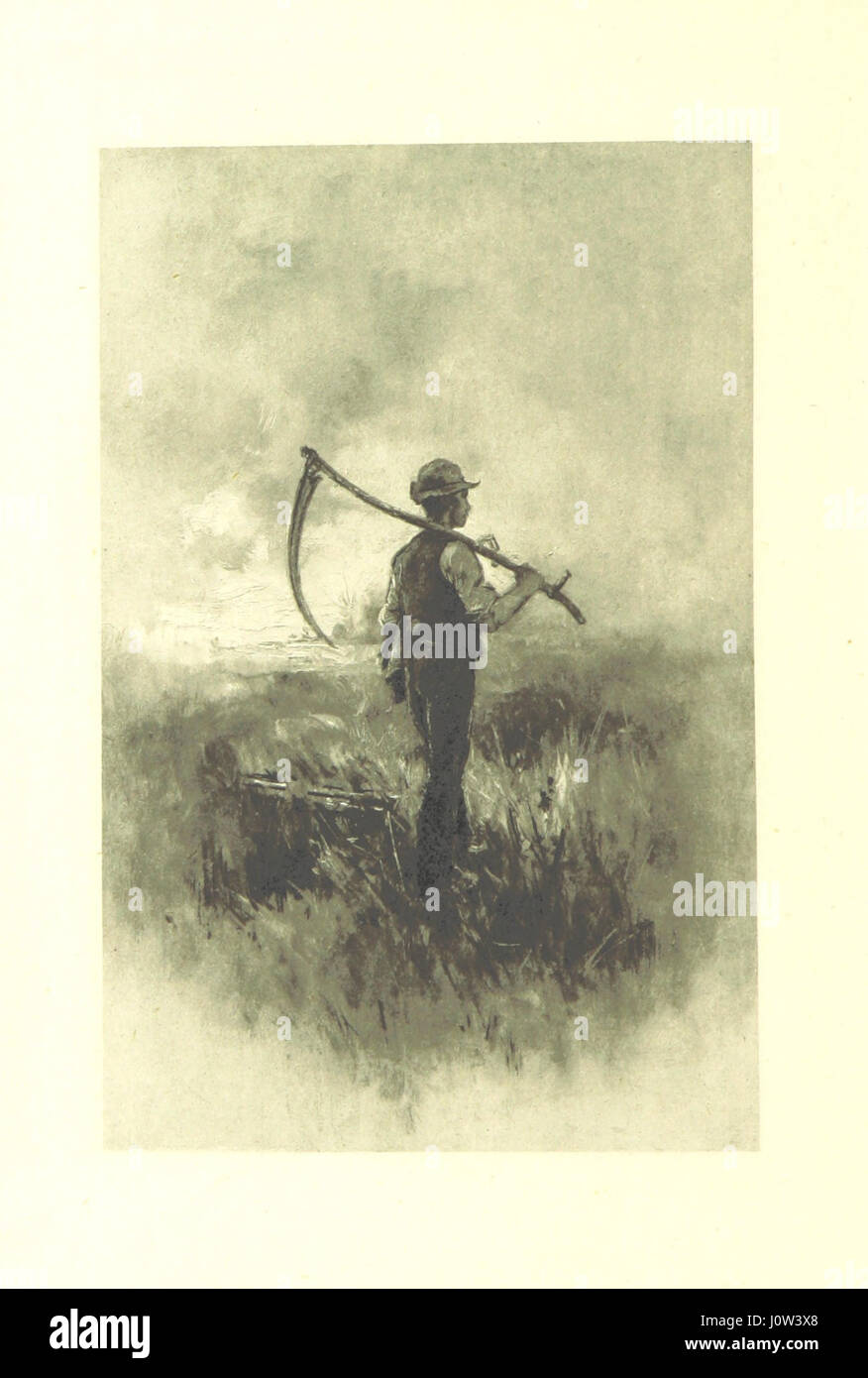
Elegy written in a country churchyard Illustrated by R. W. A. Rouse. (Edited by Ernest Rhys
Elegy Written in a Country Churchyard. By Thomas Gray. The curfew tolls the knell of parting day, The lowing herd wind slowly o'er the lea, The plowman homeward plods his weary way, And leaves the world to darkness and to me. Now fades the glimm'ring landscape on the sight,
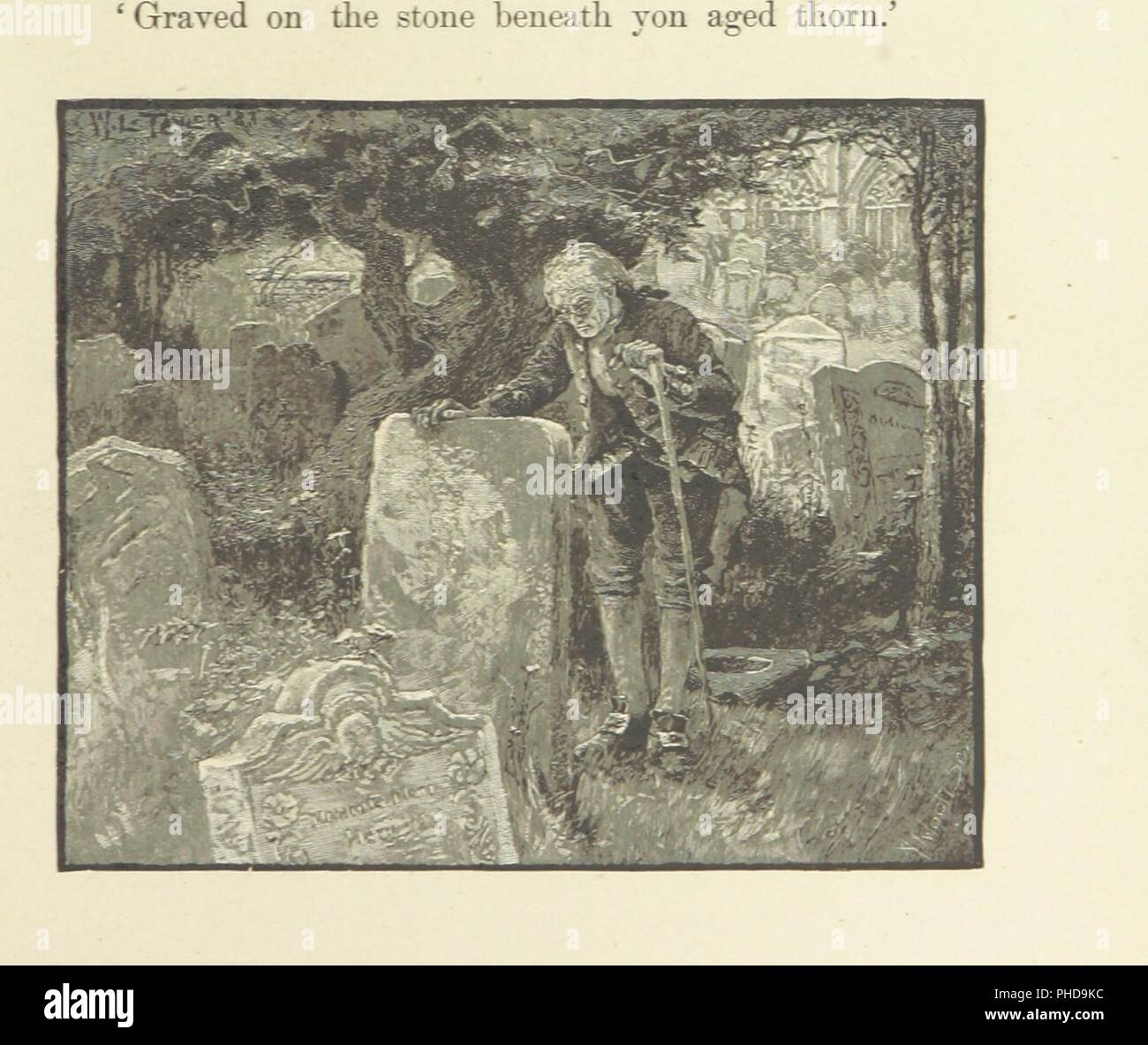
Image from page 29 of 'An Elegy written in a country churchyard . The artists' edition' Stock
Thomas Gray may have begun writing Elegy Written in a Country Churchyard as early as 1746. He discarded four stanzas of an early version, which were probably read by his friend Horace Walpole, and planned to title the work simply "Stanzas" until his friend William Mason suggested "Elegy" instead. A meditation in a burial ground….
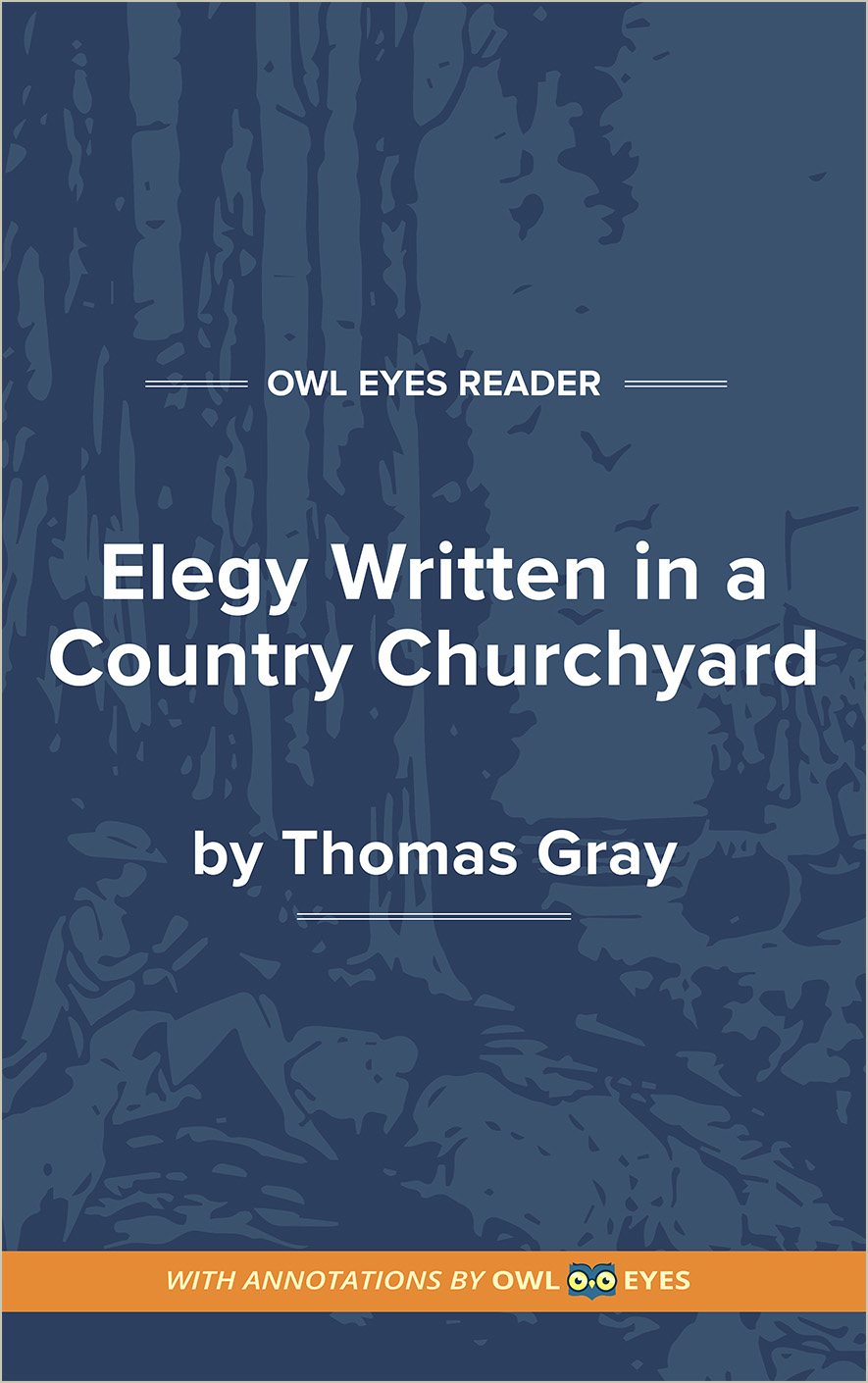
Elegy Written in a Country Churchyard Full Text and Analysis Owl Eyes
Thomas Gray began to write "Elegy Written in a Country Churchyard" in 1742, shortly after the death of Gray's friend Richard West, and published it in 1751. An elegy is loosely defined as a.
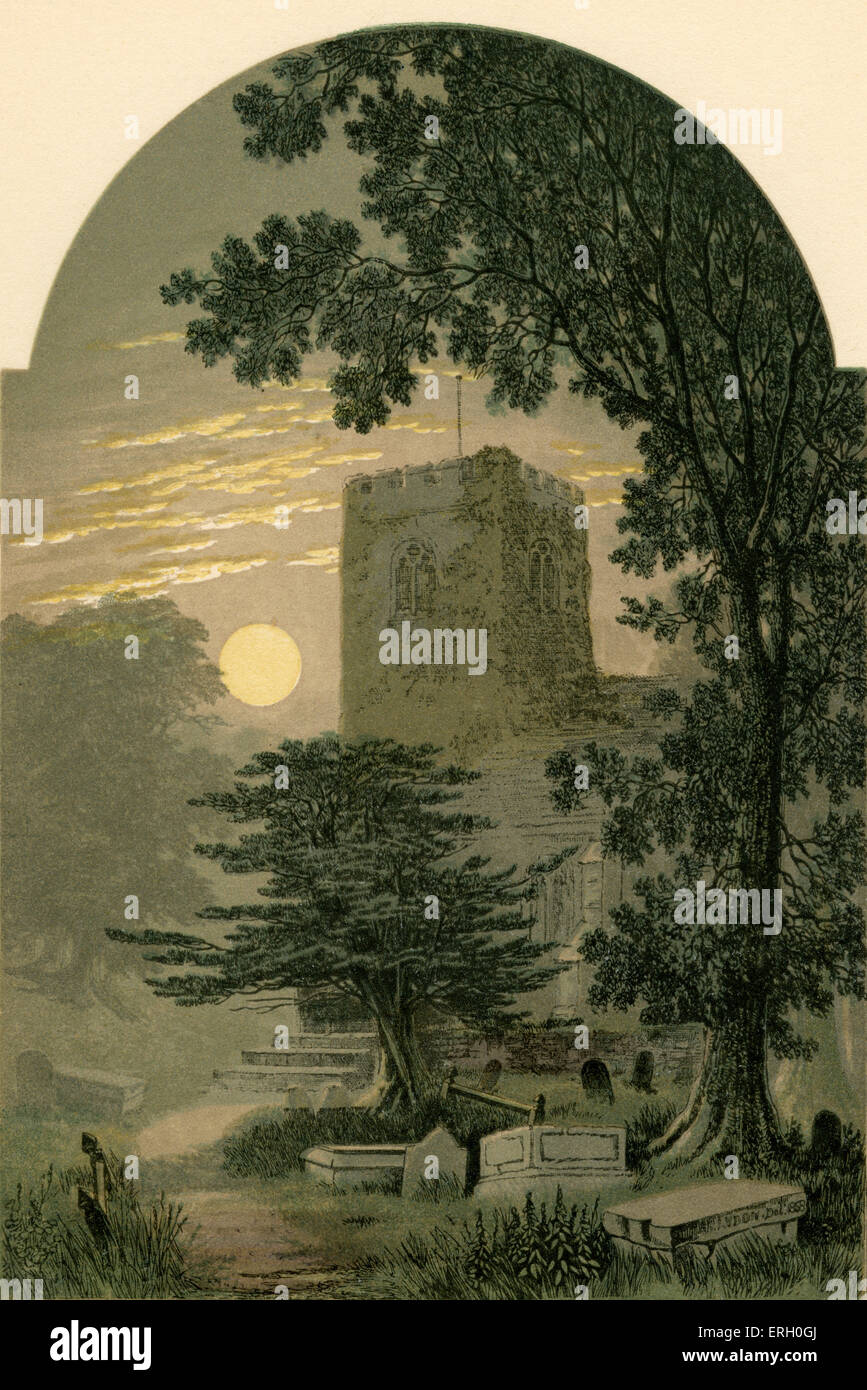
'Elegy written in a Country Churchyard', by Thomas Gray, 1751. Illustration for the verse 'Save
In these lines from Elegy Written in a Country Churchyard by Thomas Gray, the poet introduces a picturesque image of a tower covered in ivy and describes the mournful cry of an owl. The tower, adorned with ivy, adds a sense of antiquity and mystique to the scene. The use of "moping owl" creates an image of a sorrowful or brooding owl, contributing to the overall melancholic tone of the poem.

British Library digitised image from page 19 of "An Elegy written in a country churchyard
Elegy Written In A Country Churchyard Lyrics. The curfew tolls the knell of parting day, The lowing herd wind slowly o'er the lea, The plowman homeward plods his weary way, And leaves the world to.
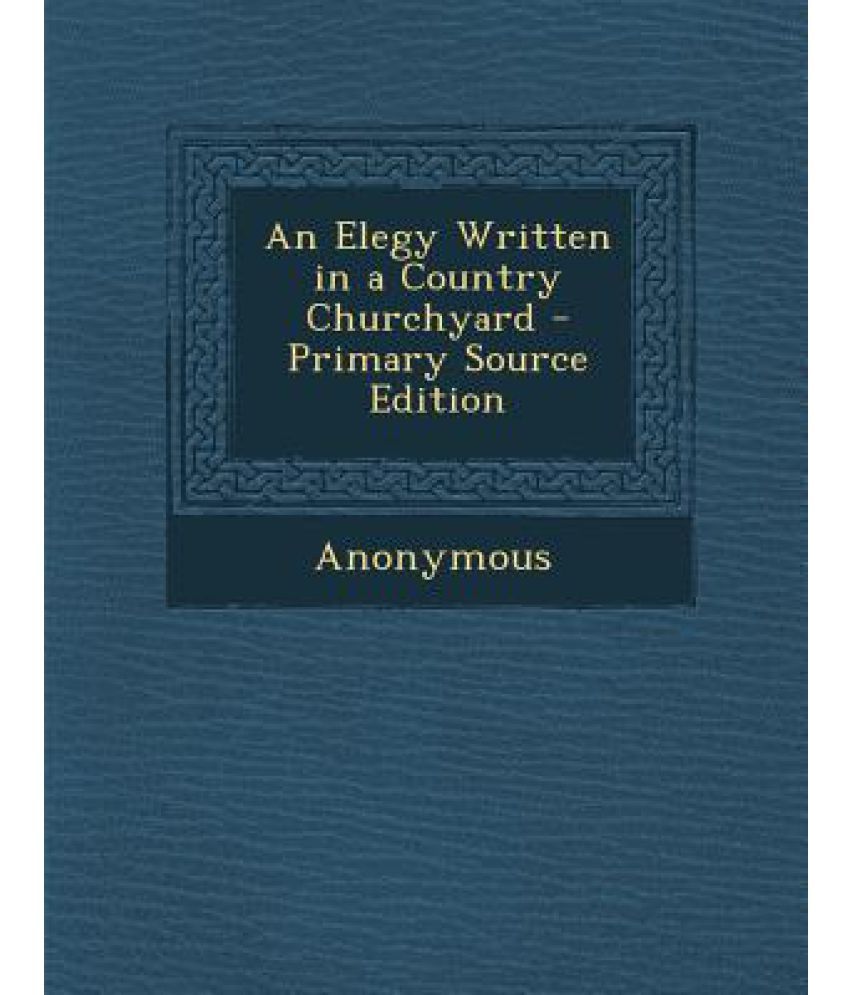
An Elegy Written in a Country Churchyard Buy An Elegy Written in a Country Churchyard Online at
First published in 1751, as 'An Elegy Wrote in a Country Church Yard', the title was changed to the more familiar "written in" for the eighth edition, published in 1753. [Based on A Bibliography of Thomas Gray (1917), by Clark Sutherland Northup, pp. 74-75.] Versions of Elegy Written in a Country Churchyard include: "An Elegy Wrote in a Country.
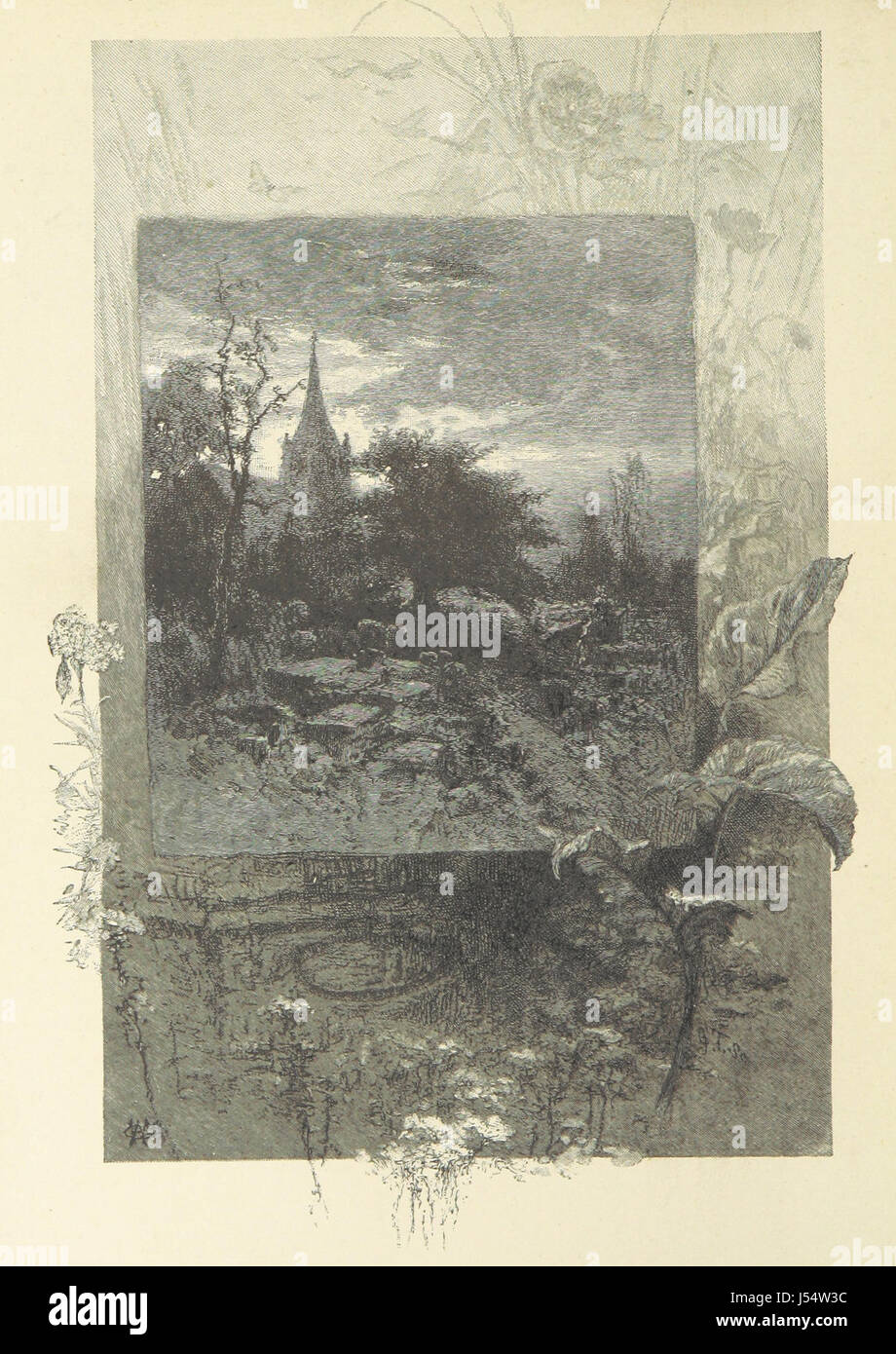
An Elegy written in a country churchyard The artists' edition Stock Photo Alamy
A meditation on unused human potential, the conditions of country life, and mortality, An Elegy Written in a Country Church Yard is one of the best-known elegies in the language. It exhibits the gentle melancholy that is characteristic of the English poets of the graveyard school of the 1740s and '50s. The poem contains some of the best-known.
- Distanza Tra Brindisi Aeroporto E Gallipoli
- Alba De Cespedes Quaderno Proibito
- Pronto Soccorso Dermatologico Via Pace
- Il Giardino Dei Libri Catalogo
- Cartoon Land Pippi Calze Lunghe
- Opinionista Ballando Con Le Stelle
- Posta Santa Teresa Di Riva
- 270 Miglia Orarie In Km
- The Resident 7 Quando Esce
- Matrimonio A Prima Vista E Poi 2023